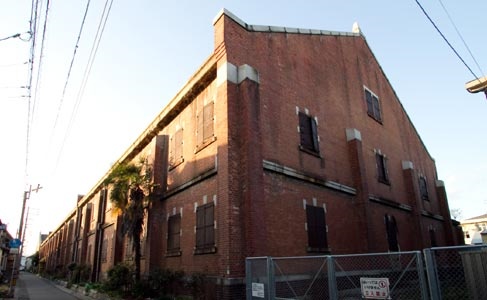
Hiroshima wants to demolish two buildings that survived the atomic attack
 |
The explosion of the nuclear bomb destroyed most of the city, and within a five-kilometer radius from the center of the explosion, only 85 structures remained standing, including two that were built in 1913, initially serving as a military clothing factory, and later as university dormitories. After the bomb explosion, they were also used as makeshift hospitals.
"They could be used as a means to promote the elimination of all nuclear weapons," said one of the survivors of the Hiroshima attack. About 80,000 people died in the bomb explosion, and another 35,000 were injured.
The two mentioned buildings survived, among other things, because they were built of reinforced concrete. Damages from the explosion are still visible on the metal windows and doors. In 2017, authorities found that the structures, which are now publicly owned, would likely collapse in a strong earthquake.
And since they are currently not being used and are not open to the public, the local government decided that they should be demolished by 2022. A third building on the same site will be preserved, and its walls and roof reinforced and repaired to withstand potential earthquakes.
Eighty-nine-year-old Iwao Nakaniši was in one of the buildings when the bomb struck the city. He now leads a local group advocating for the preservation of all three structures. "Given their historical significance in conveying that tragedy to future generations, we cannot agree to the demolition," he told the Japanese newspaper Mainichi. "We are strongly opposed."
The English translation is powered by AI tool. Switch to Czech to view the original text source.
0 comments
add comment











